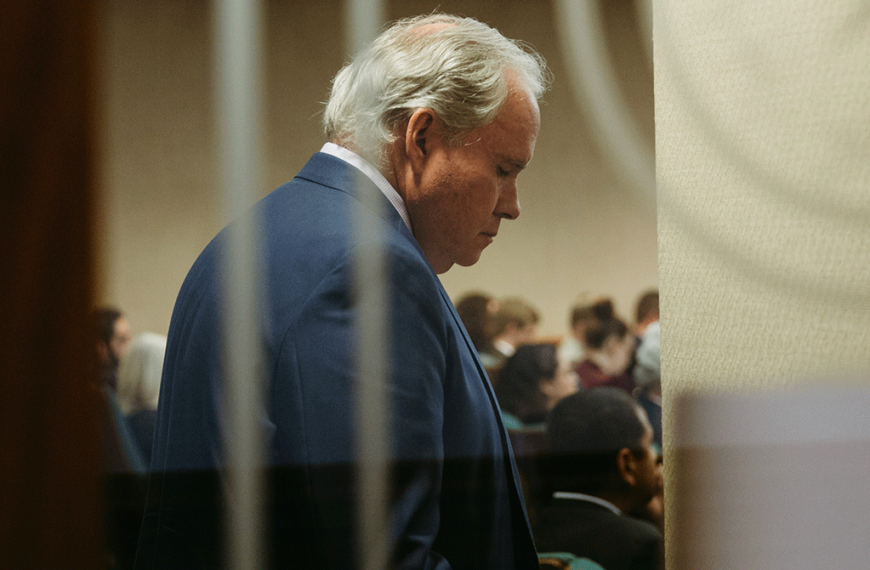The Texas economy is robust, and both private and public hospitals are expanding. The 88th Legislature saw more than $2.5 billion dedicated to replacing and renovating public hospitals across the state. In Central Texas, one private health care system recently announced the investment of nearly a billion dollars in new construction and expansion of existing facilities. Texas institutions are stepping up to meet the challenge of delivering quality health care to the citizens of our great state.
Administrators and boards know, however, that despite the increase in necessary construction – and sometimes because of it – Texas hospitals sometimes struggle to meet the bottom line. The pandemic threw the economic picture for the entire state out of whack, and hospitals, in particular, have been strained to recover.
The successes of the Texas Hospital Association advocacy team during the 88th Legislature, ranging from securing significant workforce financial assistance to expanded Medicaid coverage to beneficial changes in the state’s advance directive law, are positive developments, indeed. Celebrating those wins is appropriate. But, hospitals will still need to remain financially vigilant.
As the hospital building surge continues, one thing is certain: On some projects, things will go wrong. When designs prove inadequate, builders cut corners, or subcontractors ignore specifications, it’s important to remember that benefits exist to improve long-term outcomes for the project owners – read “hospitals.”
When things go wrong in construction, the law provides remedies. How those remedies are accessed can make a big difference in the owner’s fiscal prognosis.
Texas law dictates a standard of care for design professionals and contractors: They must perform in a good and workmanlike manner. When they fail to meet their standard of care, construction defects occur, and the burden of those deficiencies falls upon the project owner (again, in this context, the hospital). Insurance is almost always available as a remedy to shift the burden from the hospital back onto the responsible party. (Insurance is also accessible as a remedy in other situations where the hospital experiences harm – in the case of hail damage to the facility’s roof, for instance.)
Litigation usually is required to access the remedy, and it must occur within the window of time prescribed by statute. That window is either four, eight, or ten years, depending upon the circumstances and whether the entity is private or public.
Hospitals may resist litigation because of cost considerations. Litigation means involving lawyers. The method of practice for most attorneys that hospitals usually hire – like general counsel – requires payment of fees for services determined by multiplying hours worked times a monetary rate. And lawyers – particularly good ones like those who act as general counsel for hospitals – are expensive.
However, that practice method isn’t the only one available to hospitals in their efforts to access the remedies the law provides for construction defects or insurance claims. The law allows fees to be paid on a contingency basis. That is, no fee is paid unless the lawyer obtains a recovery – successfully accesses the remedy – for the hospital.
Contingent fees in medicine are unethical. In litigation, quite the contrary is true. In fact, recent legislation in Texas provides explicitly that public entities, including hospitals, may hire legal specialists on a contingency fee basis (Chapter 2254, Subchapter C, Texas Government Code). The claim must be for damages over $100,000, and the statute prescribes terms to be included in the contract. Further, the agreement is subject to approval by the Texas Attorney General’s office, providing a layer of safety for the hospital.
As a prophylaxis against a windfall for the lawyer, the statute requires that the attorney keep track of time devoted to the matter. At the case’s conclusion, the fee paid out of the recovery is the lesser of the contingency amount (limited to 35%), or the hours expended times the lawyer’s hourly rate specified in the contract, multiplied by a factor of four to account for the risk assumed. The lawsuit’s expenses are reimbursed to the lawyer from the owner’s portion of the recovery. If there is no recovery, the lawyer receives nothing; the hospital pays neither fees nor expenses.
The crucial aspect of this arrangement for both private and public entities is that it allows the hospital board and administration to pursue the remedies available under the law without affecting the facility’s budget. Essentially, it is a treatment with minimal adverse side effects.
Also, lawyers who pursue construction defect and insurance claims on a contingency fee basis are not general health care industry attorneys. Hiring them as specialists will not pose a risk to existing beneficial lawyer-client relationships.
When the hospital’s bottom line is in jeopardy because of a breach of the standard of care by construction or insurance professionals, hiring expert counsel on a contingency fee basis is the right remedy.
Marc Gravely is the founder of Gravely PC, a Texas-based firm devoted to insurance claim and construction defect disputes on behalf of businesses, hospitals, governmental entities, and related organizations.
Related articles from The Scope
A New Phase of the Fight: Detailing Texas Hospitals’ Immeasurable Value
Unbelievably – to me, at least – the second half…
The Negative Impact of Medical Credit Cards and Patient Interest Charges
This article is sponsored by AblePay. When the Consumer Financial…
A Threat to Hospital Payments is a Threat to Patient Care
Texas hospitals are mission-driven organizations dedicated to healing patients. However,…
Texas Hospitals are Reclaiming Reality in 2024
Three years of saving lives, elevated personal risk and unprecedented…
Build a Model of Recurring Revenue with CCM
More than 631 rural hospitals, including 76 in Texas, are…
Fact: The Pandemic Had a Staggering Financial Toll on Texas Hospitals
Contrary to popular belief, hospitals did not get rich off…






